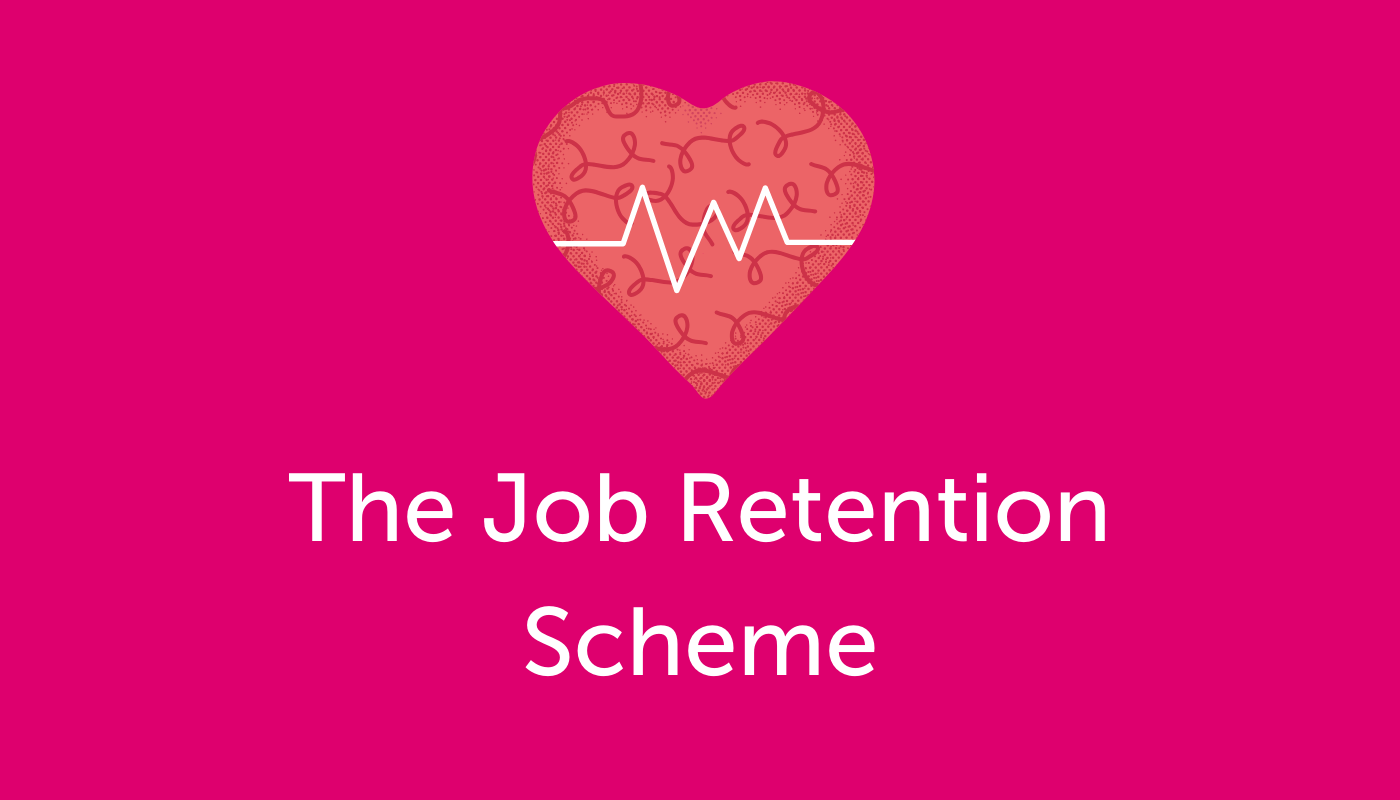More information on the job retention scheme …
Under the Coronavirus Job Retention Scheme, all UK employers with a PAYE scheme will be able to access support to continue paying part of their employees’ salary for those that would otherwise have been laid off during this crisis.
This applies to employees who have been asked to stop working, but who are being kept on the pay roll, otherwise known as ‘furloughed workers’. HMRC will reimburse 80% of their wages, up to £2,500 per month. This is to safeguard workers from being made redundant.
The Coronavirus Job Retention Scheme will cover the cost of wages backdated to 1 March and is initially open for 3 months, but will be extended if necessary.
Frequently Asked Questions
Q1: What does ‘furloughed’ mean
This is a term which is typically used in the United States. It means putting employees on temporary leave of absence where they do not work but are retained on payroll and resume their duties when they are needed again.
Q2: Is any work allowed?
Furlough means that the employee does not carry out any work
Q3: Can directors of a company be furloughed?
At first it was thought that directors could not be furloughed. However, Martyn Lewis announced on his programme on Friday 27 March that he had contacted HMRC and they confirmed that company directors can be “furloughed” even though still carrying on their statutory duties as directors e.g. filing returns at Companies House.
If this is officially confirmed it will be good news for thousands of directors, particularly those running personal service (IR35) companies.
Note that the 80% grant would only apply to directors salaries, not their dividends.
Q4: Does the scheme apply to all employers?
Yes, all employers can access the scheme provided they have a PAYE scheme in operation, there is no restriction on size or type. It also applies to not for profit organisations.
Q5: What actions do employers need to take?
You will need to designate which of your workforce will be furloughed employees and then submit that information to HMRC, along with each employee’s earnings.
Q6: What if only certain employees are furloughed?
Employers need to designate which employees are furloughed, If you are not placing everyone on furlough, you should consider carefully which employees it applies to.
It may be worth getting advice from employment law/ HR specialists as the decision may result in discrimination claims from those who allege they were made to do it because of their age, disability or pregnancy.
Think about those workers whose skills will continue to be in demand. This may help justify why some were furloughed and why others were not.
You might also consider asking for volunteers across the workforce
There does not appear to be a maximum number of employees who can be furloughed.
Q7: How much can employers claim from the government?
When employers have designated which employees are furloughed and notified HMRC of their earnings the employer will then receive a grant to cover the 80% their wages. The grant will be liable for income tax and employee national insurance contributions (NICs).
As at 26 March we are still awaiting more information from the government on the online portal to be used to submit the information and what other information may be required. The Chancellor stated that he hopes the first grants will be paid by the end of April 2020, and they will be backdated to 1 March 2020.
The scheme is initially intended to run for three months but may be extended.
Q8: What is the 80% grant based on?
The maximum grant will be calculated per employee and is the lower of:
• 80% of ‘an employee’s regular wage’ and.
• £2,500 per month.
Plus the associated employers’ national insurance contributions (NIC) on this amount and the minimum automatic enrolment employer pension contributions on that wage.
This gives a maximum cap of £2,500 +£245 (employers’ NIC) + £59 (auto- enrolled pension contribution) = £2,804 of total possible grant that can be applied for per employee per month.
The grant is only available in respect of employees on the payroll at 28 February 2020.
Q9: What about bonuses, commission, fees and overtime?
Fees, commission and bonuses should not be included in the calculation of the employees regular wage. It is unclear at this stage how overtime will be treated.
Q10: What about workers on zero hours contracts or irregular hours?
The Chancellor said the intention was to try to cover as broad a group of people as possible. It has been suggested (as yet unconfirmed) that the 80% test would apply to such workers’ February 2020 pay.
Q11: Do employers still need to pay the full salary to the employee?
No, there is no requirement to do this, employers can do so if they wish. They would need to make up the other 20%. Many employers will chose to reduce the employee’s pay to the amount funded by the government.
Q12: What about employees on short-time working?
Furlough requires the employee to not carry out any work, so short-time working could not continue during furlough.
Employers should consider re-organising work patterns to allow for some of those on short-time working to go back to full hours and the others to be furloughed. This should be discussed with employees first. This may have employment contract implications and employment law/ HR specialist input may be required – See Q6.
If you have any more questions regarding the above please email jade@1accounts.co.uk



